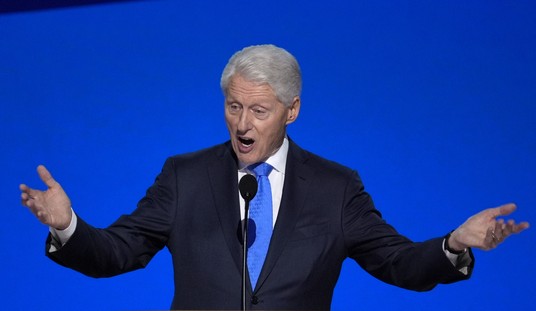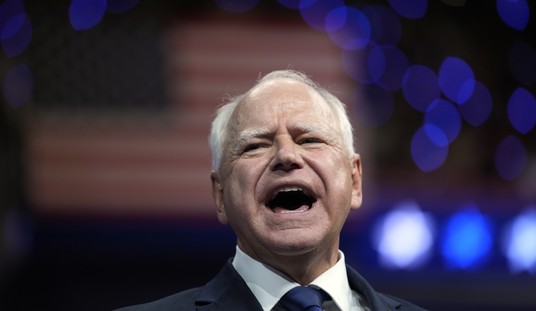There are two ways to look at the November report on house prices from S&P/Case-Shiller, which showed declines across almost every metropolitan area of the US. One interpretation would be that this is the natural consequence of the bubble popping in 2007-8. The other is that this is a disaster that has to be averted through more public interventions. I’m pretty sure I know how the Beltway wants to react, at least:
Home prices slipped in nearly every major metropolitan area in November, with a few cities hitting their lowest levels since prices peaked about four years ago, according to a closely watched index released Tuesday.
From October to November, prices fell in 19 of the 20 metro areas tracked by the Standard & Poor’s/Case-Shiller index, widely considered a gauge of the housing market’s health. The only exception was San Diego, where prices were basically unchanged.
Only four areas posted year-over-year gains in November, including Los Angeles, San Diego, San Francisco and the Washington region. But in the aggregate, prices dipped 1.6 percent in November from the same time a year earlier, falling in 16 cities. …
This “double dip” in real estate represents one of the worst fears of housing analysts and is developing just as it appeared that the overall economy was recovering. For now, many economists expect prices to keep slipping at least through the first half of the year, dragged down by the nation’s large volume of foreclosures and high unemployment rate.
The reason for the upcoming “double dip,” which really has been upon us for a while, is because of ill-advised federal interventions after the bubble popped. Congress passed tax breaks for people buying homes, which did nothing to create more qualified buyers — that still required the normal income-to-debt ratios that got ignored during the bubble period — but instead subsidized sales that would have occurred anyway with tax dollars. It also stole demand from future sales, which has contributed to the poor performance in the second half of 2010.
Otherwise, we wouldn’t have needed a second “dip” to reach the proper market valuation for housing. These interventions only delayed the inevitable, which was the reset of prices to a norm outside of the bubble — perhaps back to 1998-2000 pricing, adjusted for inflation. Those who bought during the bubble understandably resist this, but the valuation of housing had always been coupled to the rate of inflation until Congress and successive administrations made home ownership into a fetish and incentivized lenders to give mortgages out to people who couldn’t afford them.
However, those millions of people whose mortgages are underwater make a powerful political force. They want Congress to address a problem that they believe Congress created to support at least the current valuation of homes. The only real way to do that, though, is to create more qualified buyers — and the only way to do that is to create public policy that stimulates growth in large quantities. That can be done through monetary policy, tax policy, and regulatory policy. The Obama administration has gone the wrong direction on the latter throughout its first two years, and until that gets reversed, expect home sales and values to continue their downward drift.








Join the conversation as a VIP Member